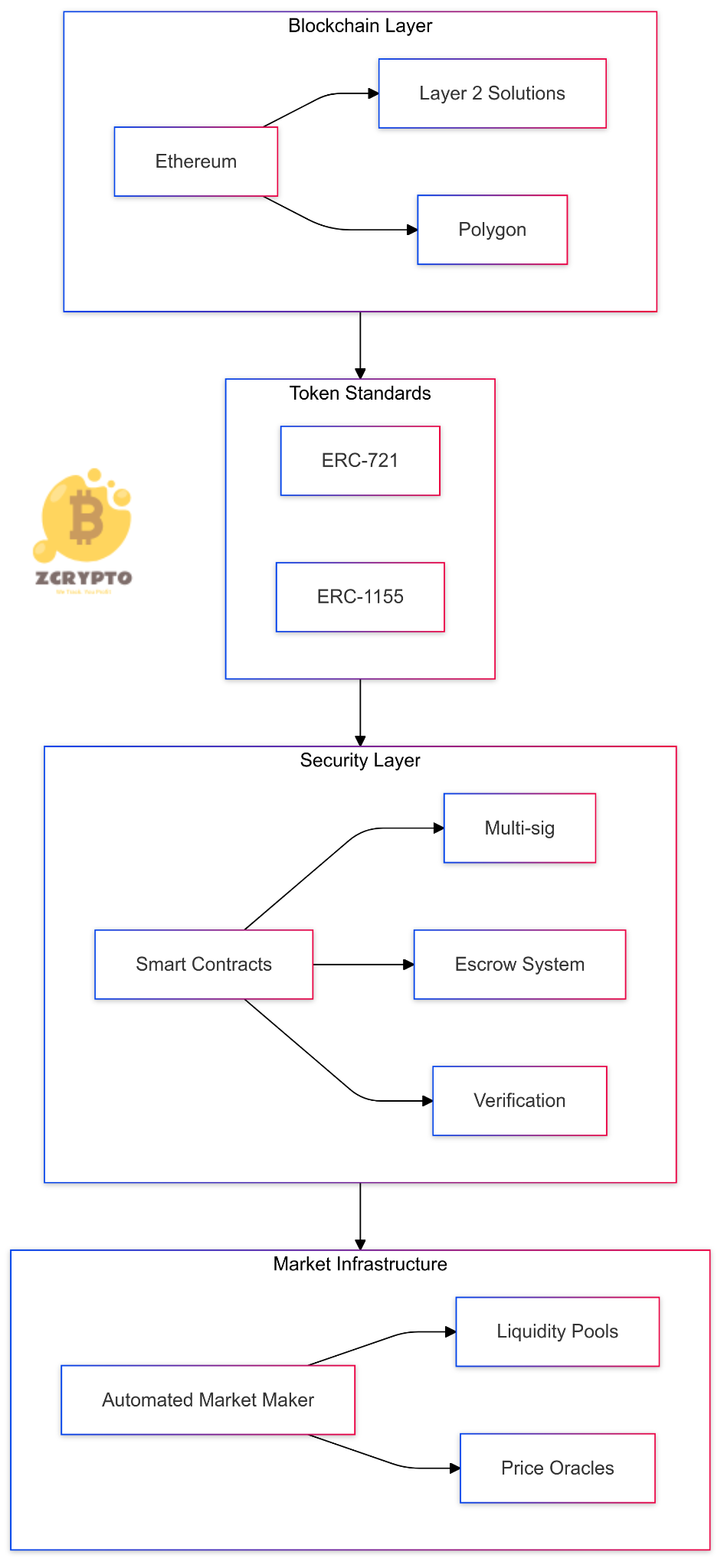What is an Asset Swap?
An asset swap is a derivative contract between two parties where they agree to exchange fixed and floating assets. The primary purpose of an asset swap is to transform the cash flow characteristics of one financial instrument into those of another. This transformation helps in hedging against various risks such as interest rate risk and credit risk.
For instance, an investor holding a fixed-rate bond might want to convert it into a floating-rate instrument to take advantage of rising interest rates or to better match their cash flow needs. By entering into an asset swap, the investor can achieve this without actually selling the bond.
- Mastering Accepting Risk: Strategies and Benefits in Finance and Business
- How Back-to-Back Letters of Credit Simplify International Trade Transactions
- Mastering Affiliate Marketing in Finance: Top Strategies and High-Paying Programs for 2024
- How to Calculate and Manage Allowance for Bad Debt: A Comprehensive Guide
- How a 2-1 Buydown Mortgage Can Save You Thousands: A Comprehensive Guide
Key Components of an Asset Swap
The cornerstone components of an asset swap include:
– Fixed Income Security: Typically a bond with fixed interest payments.
– Interest Rate Swap Contract: This contract involves exchanging fixed interest rate payments for floating interest rate payments based on a reference rate like LIBOR (London Interbank Offered Rate).
The two main parties involved in an asset swap are:
– Asset Holder: The party holding the fixed income security.
– Swap Counterparty: The party providing the floating-rate payments.
The swap contract specifies the terms under which the fixed and floating cash flows are exchanged. A crucial element is the asset swap spread, which is calculated as the difference between the bond’s yield and the corresponding swap rate. This spread represents a premium or discount relative to the swap rate.
Cash Flow Mechanics
In an asset swap, cash flows are exchanged periodically between the fixed-rate bond and the floating-rate instrument. Here’s how it works:
– The asset holder receives fixed interest rate payments from the bond (e.g., 6% annual coupon rate).
– The swap counterparty pays variable interest rate payments based on a reference rate like LIBOR plus a spread.
– The asset holder then pays the floating-rate payments received from the swap counterparty.
For example, if an investor holds a bond with a 6% fixed coupon rate and enters into an asset swap for LIBOR + 0.5%, they would receive LIBOR + 0.5% from the swap counterparty while paying out the fixed 6% coupon rate.
Risk Management and Optimization
Asset swaps are invaluable tools for managing various financial risks:
– Interest Rate Risk: By converting fixed-rate bonds into floating-rate instruments, investors can mitigate exposure to rising or falling interest rates.
– Credit Risk: Asset swaps can help hedge against default risk by allowing investors to maintain exposure to a credit while transferring the default risk to another party.
– Return Optimization: Investors can enhance returns by taking advantage of differences in yields between fixed and floating-rate instruments.
For instance, during periods of rising interest rates, converting a fixed-rate bond to a floating-rate instrument through an asset swap can help investors benefit from higher interest rates without selling their existing bonds.
Application in Financial Institutions
Financial institutions such as banks, asset management firms, and hedge funds extensively use asset swaps to manage their portfolios:
– Portfolio Customization: Asset swaps allow these institutions to customize cash flows and exposure according to their specific needs.
– Risk Management: They use asset swaps to hedge against various risks such as interest rate risk and credit risk.
– Return Enhancement: By optimizing cash flows through asset swaps, these institutions can enhance returns on their investments.
For example, a bank might use asset swaps to match its liabilities with assets more effectively or to manage its interest rate exposure across different maturities.
Significance for Wealth Management
In wealth management, particularly for high-net-worth individuals and family offices, asset swaps play a critical role:
– Customized Risk Management: Wealth managers use asset swaps to tailor investment portfolios according to specific client needs and preferences.
– Income Generation: Asset swaps help in generating income streams that align with clients’ cash flow requirements.
– Diversification Strategies: By using asset swaps, wealth managers can diversify client portfolios more effectively by managing different types of risks.
For instance, a wealth manager might use an asset swap to convert a client’s fixed-income portfolio into one that better matches their liquidity needs or risk tolerance.
Calculating the Asset Swap Spread
The asset swap spread is calculated as follows:
1. Determine the bond’s yield.
2. Identify the corresponding swap rate for the same maturity.
3. Calculate the difference between the bond’s yield and the swap rate.
4. Adjust for any price premium or discount.
Here’s an example:
If a bond has a yield of 7% and the corresponding swap rate is 6%, then the asset swap spread would be 1% (7% – 6%). This spread indicates that investors are willing to pay a premium for holding this particular bond relative to entering into a similar swap contract.
Types of Asset Swaps
There are several types of asset swaps each with unique benefits and risk exposures:
– Par for Par Swaps: These involve exchanging fixed and floating cash flows based on par values.
– Market Value Swaps: These involve exchanging cash flows based on market values rather than par values.
– Cross-Currency Swaps: These involve exchanging cash flows in different currencies.
– Differential Swaps: These involve exchanging cash flows based on different reference rates or spreads.
Each type of swap offers different advantages depending on the investor’s goals and risk tolerance.
Nguồn: https://horizontalline.icu
Danh mục: Blog







